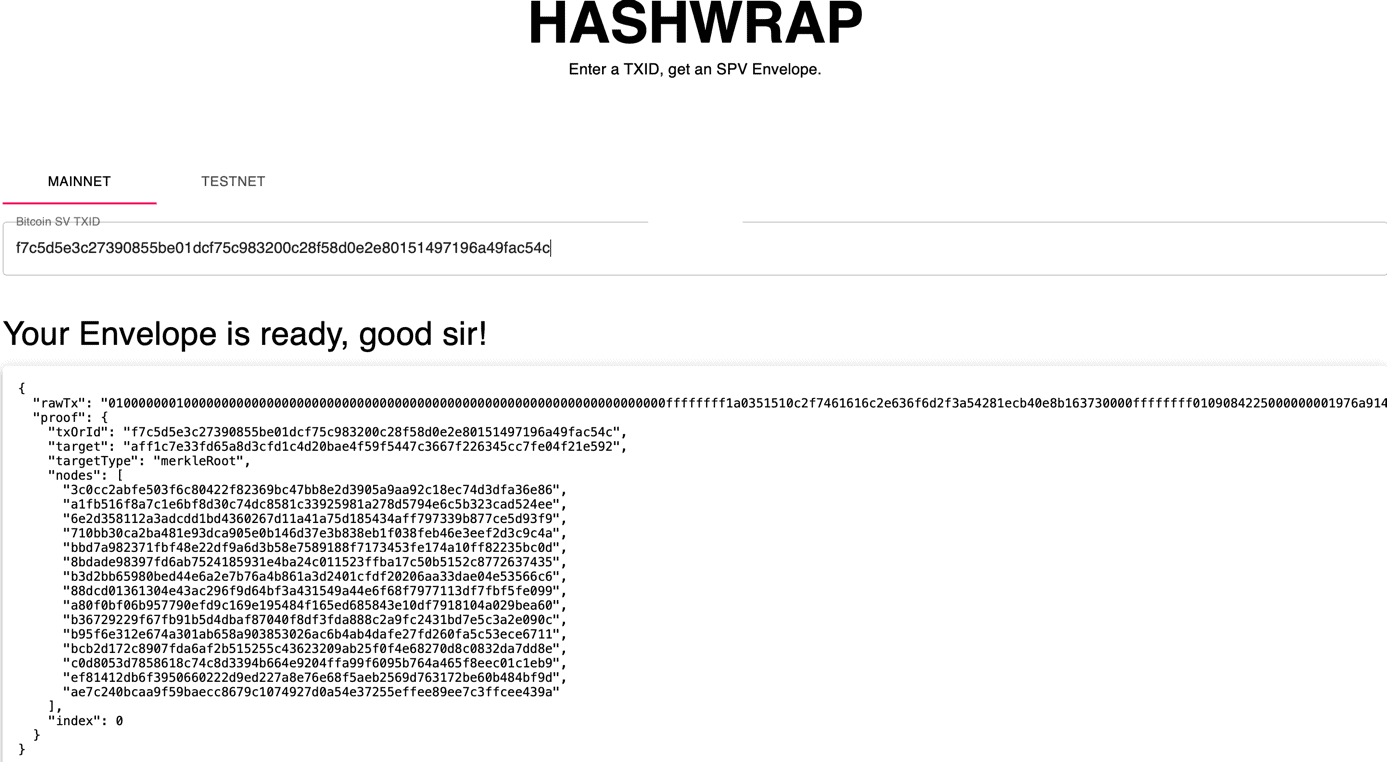|
Getting your Trinity Audio player ready...
|
Let me guess, you wrote down a lot of private keys or seed phrases in the past and think that makes your Bitcoins accessible. Indeed, it works—so far. However, we are talking about the BSV blockchain, which aims to process a trillion transactions per second.
With more and more transactions, wallet providers could face trouble saving your transactional history. As of writing this article, your preferred BSV wallets “scan the BSV blockchain” for you—every day, all the time, and for free, even though it is a hassle for them!
WhatsOnChain provides this information for wallet providers, for example. Will they still do this in the future, though? What I am trying to say is this: your coins are “somewhere on the blockchain,” but your private keys do not contain the exact location.
Writing down a seed phrase or a raw private key? Maybe not sufficient!
In more bitcoinish terms, your UTXOs (unspent transaction outputs) are not directly connected to your private key. Yes, swallow that. You thought your private keys ensured everything, but they do not.
If we move into a SPV future, you might need more than just your private key. You could require additional information concerning your unspent satoshis. Do you have this additional data already, or will your coins be “hard to find” somewhere?
Luckily, I am not writing this to frighten you. We have developers in the BSV blockchain that know where things may go. For example, Project Babbage offers a convenient way to get a so-called “SPV envelope.” That thing contains the information you may need in the ultra-scaled future of the BSV blockchain.
How does it work? You can visit this service from Project Babbage. Then you put your transaction ID into the field, and voilà, Project Babbage calculates the Merkle proof of your UTXO for you. Save that data for each of your UTXOs (“unspent Bitcoins”).

Project Babbage is just one example—WhatsOnChain (TAAL) service available
Another way is offered by WhatsOnChain with this API: https://api.whatsonchain.com/v1/bsv/main/tx/<TXID>/proof
See the <TXID> in that link? Put your transaction ID there, then open the link. In case you have no idea how to find your transaction ID:
1) Go to whatsonchain.com,
2) Put your BSV public address into the search field,
3) Scroll down a bit,
4) Click on the single transaction you want to target,
5) And click on it—that should look something like this:

This could be your TXID. In the WhatsOnChain link above, replace <TXID> completely with your transaction ID. In our example, it would look this way:
https://api.whatsonchain.com/v1/bsv/main/tx/f7c5d5e3c27390855be01dcf75c983200c28f58d0e2e80151497196a49fac54c/proof
Open the link. You basically see the same kind of “SPV envelope” just like with Project Babbage:

Important note: In the process above, you never use your private key or seed phrase. You only use your public address to find your transaction ID. This has nothing to do with your private key or seed phrase!
Better take care of your BSV transactional history data; why are expecting others to do it for you?
I have no idea how long we will have these kinds of services for free. The more data that is being processed on the BSV blockchain, the more likely it is that data storage or even data searching, as shown above, will come at a cost in the future.
All of this is probably not happening tomorrow, but it could so you better prepare for this future now! Save your Merkle proof for your UTXO. Make sure you have your private key and your Merkle proof.
If you refuse to do this, you basically rely on promises from wallets or blockchain providers to store your transactional data for you. Do not panic, but I wanted to bring this to your attention.
Bitcoin developers call this UTXO management, and Ty Everett—the brain behind Project Babbage—made me aware of it. Furthermore, Everett and his team are working on user-friendly solutions. It could be wise to follow Project Babbage on X (formerly Twitter).
Here are additional resources for you to look deeper into SPV, Merkle proof, and the future of BSV transactions:
- Dr. Craig Wright on Merkle Trees and SPV
- Ty Everett: What if WhatsOnChain went down?
- Joshua Henslee explains SPV and BSV in simple terms
And before I let you go to rush into finding your UTXOs on the multi-dimensional BSV blockchain galaxy, see this quote by nChain’s Alex Mackay from more than three years ago:
“In the current implementation, the customer’s wallet will generate a transaction, sign the transaction, and send it to the network.
Okay, so this is where the slight inefficiency happens. The merchant will need to query a number of nodes, looking for whether the address has been updated with new UTXOs – and this is actually a reasonably expensive operation.
(…) they will ask for a Merkle proof, which allows them to verify whether the transaction has been included in the latest block (…).”
Watch: Scalable Wallet Infrastructure on BSV

 12-20-2025
12-20-2025 




